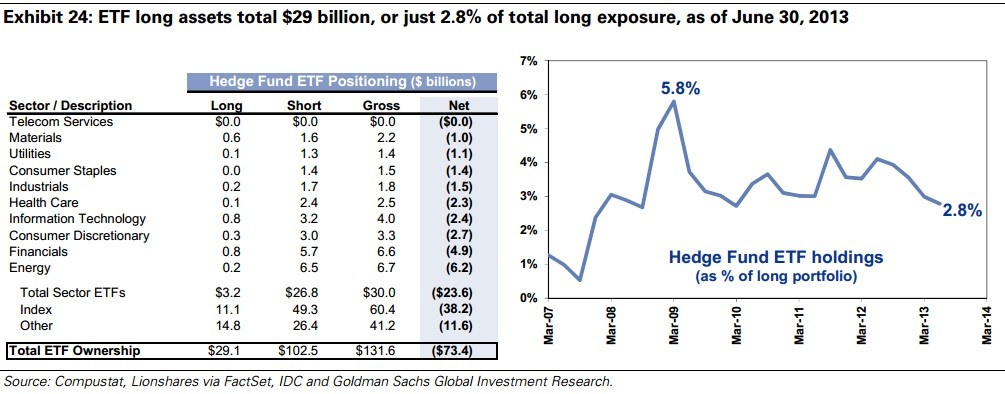The long and short of ETFs
Post on: 19 Апрель, 2015 No Comment

JohnSpence
BOSTON (CBS.MW) — Exchange-traded funds are increasingly popular vehicles to gain exposure to a specific stock market, industry sector, or investment style. Yet many investors would be pressed to explain exactly what ETFs are and how they work. Do ETFs belong in your portfolio? The answers to these questions can help decide.
The ABCs of ETFs are straightforward.
E is for exchange, as in stock exchange. ETFs are listed like any stock, with a ticker symbol and a bid and ask price. Investors can do anything with ETFs that can be done with a listed security, such as borrowing shares and going short or buying on margin. Also, options are available on about half of listed ETFs.
T is for traded. ETFs are bought and sold throughout a trading day, whereas mutual funds are priced once daily at the market close. Because of their intraday trading capabilities, ETFs drew early attention from short-term traders. But ETFs also appeal to long-term investors — more on that later.
F is for fund — in this case an index fund. ETFs track segments of the U.S. and global securities markets by following benchmarks like the S&P 500 SPX, +1.26% the Dow Jones Industrial Average DJIA, +1.47% and the Lehman Aggregate Bond Index. If you want exposure to health-care, mid-cap value, or Brazilian stocks, there is an ETF to accommodate your needs. And like index funds, ETFs generally carry low expense ratios.
Is there a limit to ETF trading?
No. That’s why ETFs are useful tools for market-timing investors who move rapidly in and out of economic sectors, rather than using individual stocks.
Why not just trade mutual funds instead?
Most mutual funds aren’t friendly to whipsaw traders, and are less so in the wake of the fund industry’s market-timing scandal. Some fund companies slap redemption fees on short-term trading — or simply bar market timers outright.
In addition, since ETFs can be leveraged or sold short, investors use them to implement complex trading strategies based on the market’s technical signals.
I’m a buy-and-hold investor. Can I use ETFs?
Yes. ETFs’ broad index diversification, low cost, and tax efficiency make them appropriate for long-term investors.
Do ETFs have advantages over active mutual-fund management?
Over a longer-term investment horizon, fund managers who actively manage portfolios through stock selection have had difficulty outperforming a benchmark index.
For example, two-thirds of active large-cap funds trailed the S&P 500 over the three years ending June, according to Standard & Poor’s. Meanwhile, almost eight of every 10 actively managed mid-cap funds, and three-fourths of comparable small-cap funds, fared worse than their relevant S&P benchmark.
Aside from high expense ratios, active managers are saddled with transaction fees from stock trading. Taken together, these costs are ankle weights that make it tough for many active managers to keep up with the indexes.














